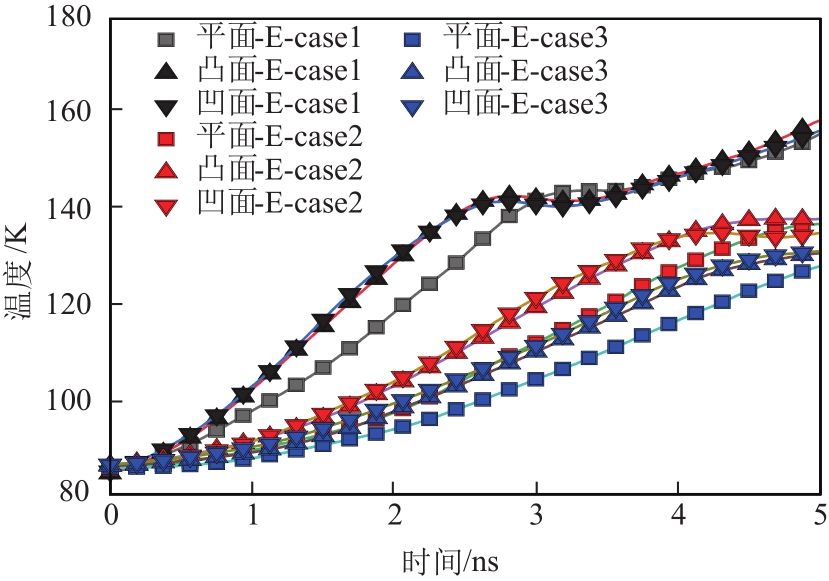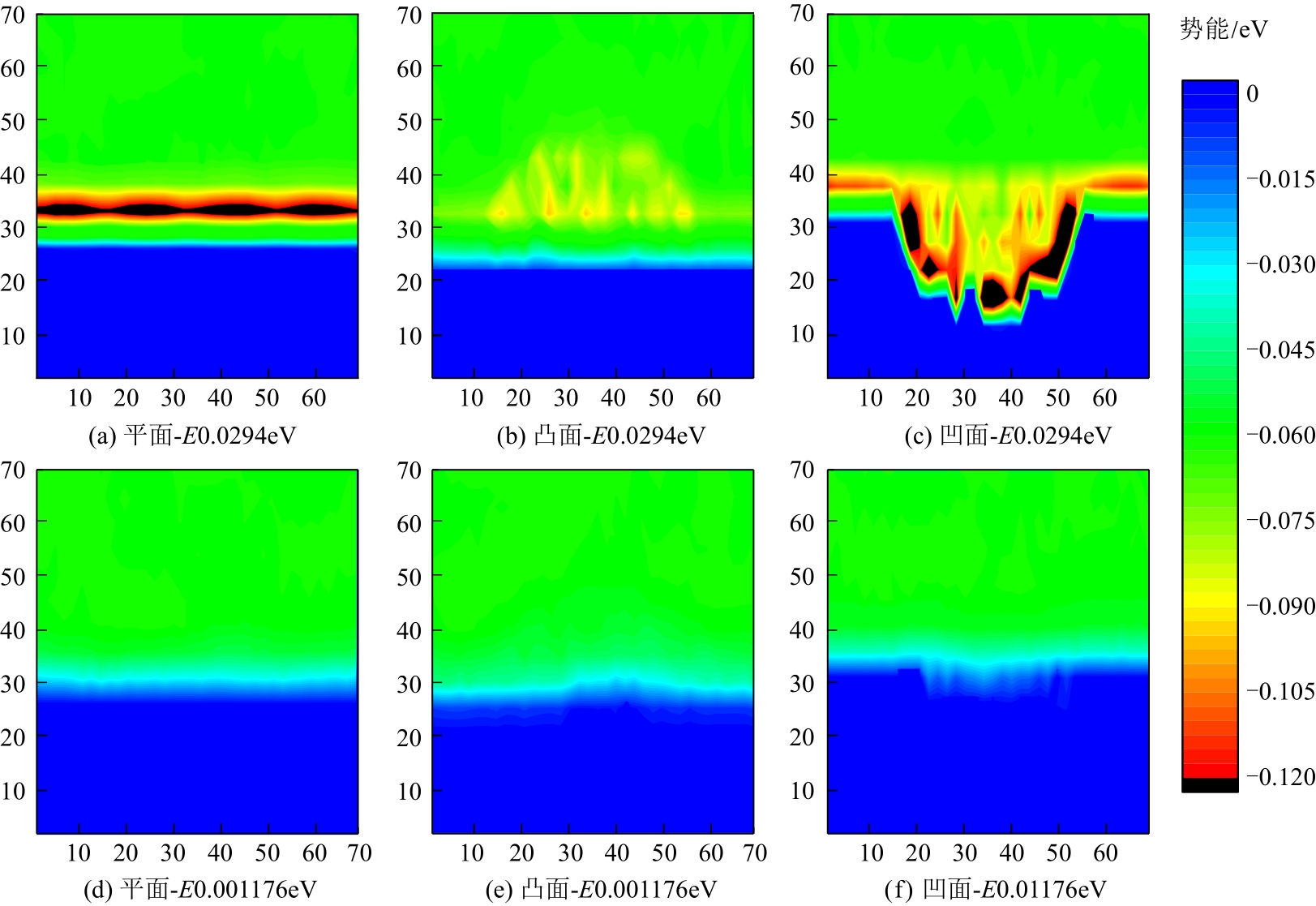| 1 |
MONTI R, BARBONI R, GASBARRI P, et al. Optimization and thermal control of a multi-layered structure for space electronic devices and thermal shielding of re-entry vehicles[J]. Acta Astronautica, 2012, 75(6): 42-50.
|
| 2 |
臧徐忠, 石尔, 傅俊萍, 等.磁场调控磁性纳米流体流动和传热研究进展[J].化工进展,2019,38(12): 5410-5419.
|
|
ZANG Xuzhong, SHI Er, FU Junping, et al. A review of magnetic field effeets on flow and heat transfer in magnetic nanofluids[J].Chemical Industry and Engineering Progress, 2019, 38(12): 5410-5419.
|
| 3 |
WU R K, HONG T, CHENG Q Y, et al. Thermal modeling and comparative analysis of jet impingement liquid cooling for high power electronics[J]. International Journal of Heat and Mass Transfer, 2019, 137: 42-51.
|
| 4 |
NAZARI M, MASOUDI A, JAFARI P, et al. Ultrahigh evaporative heat fluxes in nanoconfined geometries[J]. Langmuir, 2019, 35(1): 78-85.
|
| 5 |
RIOFRIO M C, CANEY N, GRUSS J A, et al. State of the art of efficient pumped two-phase flow cooling technologies[J]. Applied Thermal Engineering, 2016, 104: 333-343.
|
| 6 |
HUTTER C, KENNING D B R, SEFIANE K, et al. Experimental pool boiling investigations of FC-72 on silicon with artificial cavities and integrated temperature microsensors[J].Experimental Thermal and Fluid Science, 2010, 34(4): 422-433.
|
| 7 |
SIEDEL S, CIOULACHTJIAN S, BONJOUR J. Experimental analysis of bubble growth, departure and interactions during pool boiling on artificial nucleation sites [J]. Experimental Thermal and Fluid Science, 2008, 32(8): 1504-1511
|
| 8 |
WANG H Y, LOU Q, LIANG H, et al. Numerical simulation of bubble dynamics and heat transfer in the 2D saturated pool boiling from a circular surface[J]. International Journal of Thermal Sciences, 2021, 170:107098.
|
| 9 |
赵建福, 张良, 杜王芳, 等. 单气泡池沸腾传热中的重力效应数值模拟[J]. 空气动力学学报, 2021, 39(3): 121-129.
|
|
ZHAO J F, ZHANG L, DU W F, et al. Numerical simulation of gravity effect on heat transfer in single bubble pool boiling[J]. Acta Aerodynamica Sinica, 2021, 39(3): 121-129.
|
| 10 |
付婷. 金属表面微/纳结构设计制造及传质传热性能研究[D]. 广州: 华南理工大学, 2015.
|
|
FU T. Study on design &manufacture and heat and mass transfer performance of metal micro/nano structure[D]. Guangzhou: South China University of Technology, 2015.
|
| 11 |
AHN H S, SATHYAMURTHI V, BANERJEE D. Pool boiling experiments on a nano-structured surface[J]. IEEE Transactions on Components and Packaging Technologies, 2009, 32(1): 156-165.
|
| 12 |
HENS A, AGARWAL R, BISWAS G. Nanoscale study of boiling and evaporation in a liquid Ar film on a Pt heater using molecular dynamics simulation[J]. International Journal of Heat and Mass Transfer, 2014, 71(1): 303-312.
|
| 13 |
MAO Y J, ZHANG Y W. Molecular dynamics simulation on rapid boiling of water on a hot copper plate[J]. Applied Thermal Engineering, 2014, 62(2): 607-612.
|
| 14 |
王艳红, 王晓东. 液膜厚度和润湿性对汽化方式转变的影响[J]. 工程热物理学报, 2019, 40(10): 2395-2401.
|
|
WANG Y H, WANG X D. The effect of liquid film thickness and wettability on the transformation of vaporization[J]. Journal of Engineering Thermophysics, 2019, 40(10): 2395-2401.
|
| 15 |
CHEN Y J, LI J F, BO Y, et al. Nanoscale study of bubble nucleation on a cavity substrate using molecular dynamics simulation[J]. Langmuir, 2018, 34(47): 14234-14248.
|
| 16 |
CHEN Y J, ZOU Y, SUN D L, et al. Molecular dynamics simulation of bubble nucleation on nanostructure surface[J]. International Journal of Heat and Mass Transfer, 2018, 118: 1143-1151.
|
| 17 |
DIAZ R, GUO Z X. Molecular dynamics study of wettability and pitch effects on maximum critical heat flux in evaporation and pool boiling heat transfer[J]. Numerical Heat Transfer, Part A: Applications, 2017, 72(12): 891-903.
|
| 18 |
LIU H Q, QIN X Y, AHMAD S, et al. Molecular dynamics study about the effects of random surface roughness on nanoscale boiling process[J]. International Journal of Heat and Mass Transfer, 2019, 145: 118799.
|
| 19 |
LIU R, LIU Z. Study of boiling heat transfer on concave hemispherical nanostructure surface with MD simulation[J]. International Journal of Heat and Mass Transfer, 2019, 143: 118534.
|
| 20 |
ZHANG L Y, XU J L, CHEN Q C, et al. Switchable heat transfer in nano Janus-interface-system[J]. International Journal of Heat and Mass Transfer, 2018, 127: 761-771.
|
| 21 |
MAROO S C, CHUNG J N. Molecular dynamic simulation of platinum heater and associated nano-scale liquid argon film evaporation and colloidal adsorption characteristics[J]. Journal of Colloid and Interface Science, 2008, 328(1): 134-146.
|
| 22 |
SHAVIK S M, HASAN M N, MORSHED A K M M. Molecular dynamics study on explosive boiling of thin liquid argon film on nanostructured surface under different wetting conditions[J]. Journal of Electronic Packaging, 2016, 138(1): 010904.
|
| 23 |
ALEXEEV D, CHEN J, WALTHER J H, et al. Kapitza resistance between few-layer graphene and water: liquid layering effects[J]. Nano Letters, 2015, 15(9): 5744-5749.
|
| 24 |
BOURDON B, RIOBOO R, MARENGO M, et al. Influence of the wettability on the boiling onset[J]. Langmuir, 2012, 28(2): 1618-1624.
|
 ), CHEN Zhanxiu(
), CHEN Zhanxiu( ), LIU Fengrui, PANG Runyu, WANG Qing
), LIU Fengrui, PANG Runyu, WANG Qing










